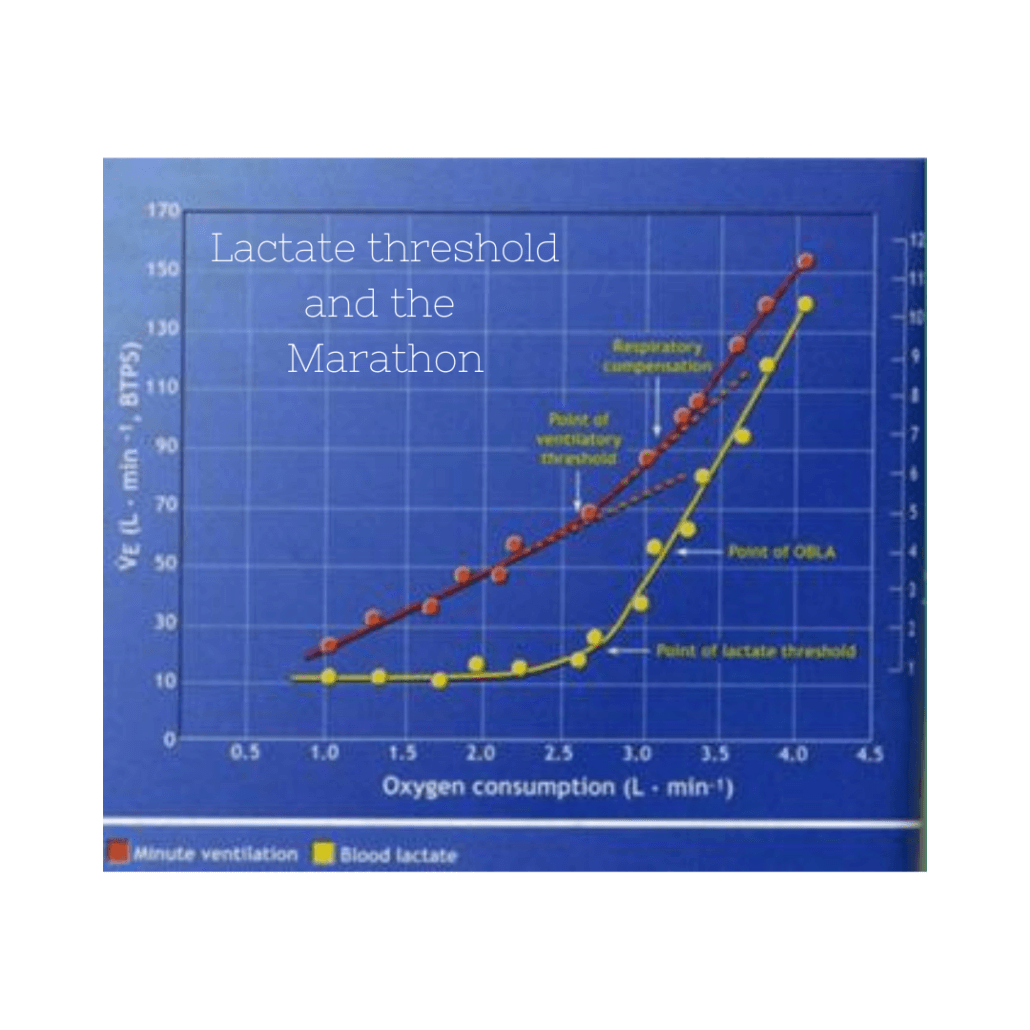Marathon Speed: Part II

We left of talking a bit about periodization, especially for the marathon. I wanted to wrap up the speed discussion with talking about why our speed is emphasized in the beginning and why I don’t think it’s going to put a person into acidosis (when done properly)
First, I think I actually need to cover the idea of speed work putting a runner into acidosis. This is a very real thing. It happens with too much speed work, especially speed work at 100% VO2max and higher. This means lots of repeats that are short and very fast. If you are training for a 10k or shorter distance then I can see this being a huge potential problem. I think about many of the local road racers who start racing as soon as the snow melts and race every couple weeks until the snow starts flying again. Being burnt out is a very big issue. The culprit here is tons of work (and racing) at very high intensities. As I mentioned in part I, Lydiard had his marathoners stop at 5k to 10k intensities for their faster workouts (but still done over the last few weeks of the training block). When you look at 5k and 10k in terms of energy contribution. the 5k is still 93% aerobic and the 10k is 97% aerobic. On the other hand, if you were to race an 800, the aerobic contribution falls to 57% and the aerobic contribution for the mile would be about 76%. So you can see, that by limiting the pace of your speed development to 5k/10k pace, you keep it a very high aerobic workload and minimize the potential for acidosis.
Now, why do we keep the primary speed development in the beginning?
To me, it’s a lot less about the worry of acidosis. That’s well represented above. No, it’s simply more practical for the marathon- to me anyway. The last 6 weeks really does need to be a focus on the task at hand. What’s going to be more beneficial to your marathon development, cranking out fast 400’s or being able to be strong through miles 20-26.2?
With that said, the speed development shouldn’t be denied, so where can we put it but still keep all systems trained, promote aerobic development, and put our final push on race specific drive mode? The beginning makes the most sense. As I have mentioned before, this refers to the beginner and advanced schedules that so many people are now familiar with. You can revisit that discussion in part I. If we were working with you individually, we would have the freedom to put an emphasis on speed early on and gradually shift the focus to the strength later on. We could sprinkle in something different throughout the segment to hit on a system that has been neglected for a few weeks.
All of this makes another point valid. That is, to truly keep your training in balance you have to be willing to race other races and dedicate training segments to shorter distances. This will allow you to touch the type of training that marathon training simply isn’t a good fit for. The good thing is, that marathon training sets you up perfectly to be able to handle that higher intensity training for a short, truly dedicated speed segment.
Lastly, many of you are probably wondering about things like strides, hills, and where they fit into the big picture of things. That my friends is material for another post. I want you to just chew on this morsel for a little bit!
Til the next time,
Luke




